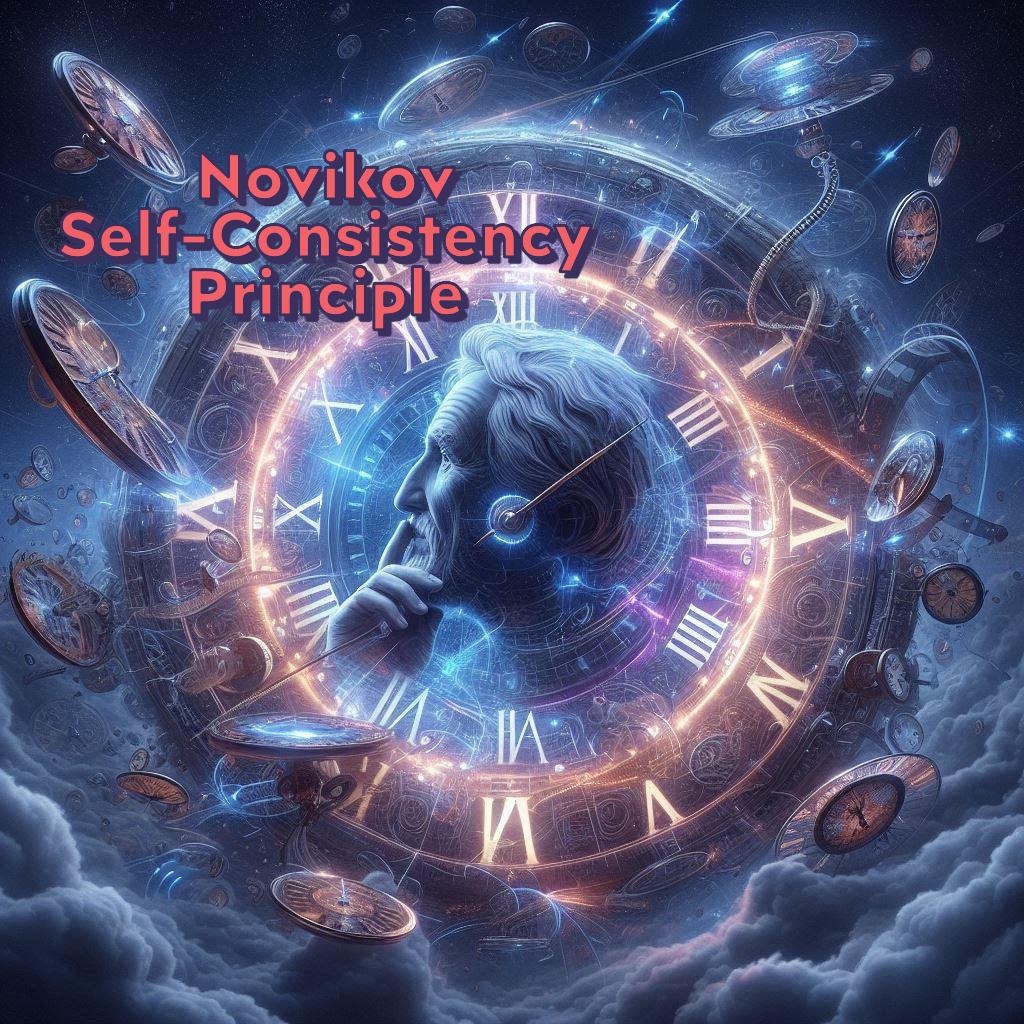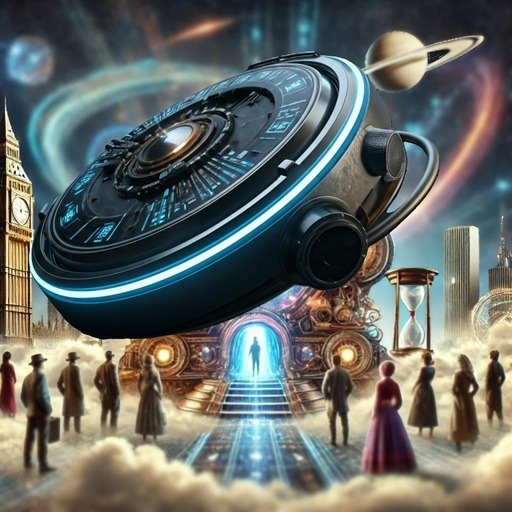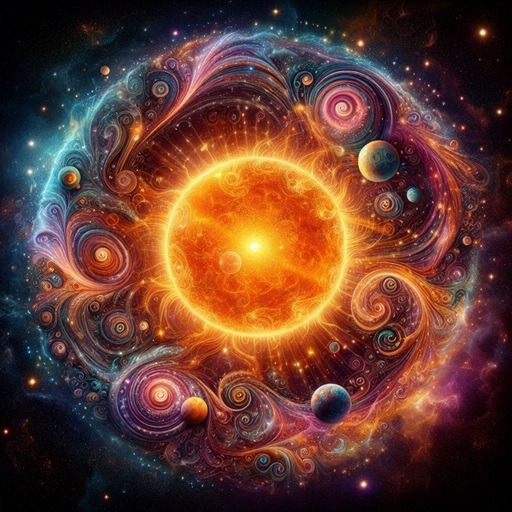A Review of Current Research and Future Projects
Introduction
CERN, the European Organization for Nuclear Research, is home to some of the most advanced scientific experiments in the world. Located near Geneva, Switzerland, CERN is famous for its Large Hadron Collider (LHC), the largest and most powerful particle collider ever built. While many people associate CERN with time travel due to its groundbreaking experiments, the reality is even more fascinating. CERN’s research helps us understand the fundamental building blocks of the universe, the forces that govern them, and the mysteries of space and time.
In this blog, we’ll explore CERN’s important discoveries, its current research programs, and future projects. We’ll also clarify the connection between CERN’s work and time travel, separating scientific facts from popular myths.
Important Discoveries by CERN
Before diving into CERN’s current research, let’s look at some of its most significant discoveries:
- The Higgs Boson (2012)
Often called the “God Particle,” the Higgs boson was discovered in 2012. This particle helps explain why other particles have mass. It was a monumental achievement in physics and confirmed the Standard Model of particle physics. - W and Z Bosons (1983)
These particles are responsible for the weak nuclear force, one of the four fundamental forces in nature. Their discovery was a major step in understanding how particles interact. - Quark-Gluon Plasma
CERN’s experiments have recreated the conditions of the early universe, producing a state of matter called quark-gluon plasma. This helps scientists understand how the universe evolved after the Big Bang. - Antimatter
CERN has created and studied antimatter, the “mirror image” of normal matter. This research helps explain why the universe is made mostly of matter and not antimatter.
These discoveries have shaped our understanding of the universe and laid the foundation for CERN’s ongoing research.
Current Research Programs at CERN
CERN’s research focuses on answering some of the biggest questions in science. Here are its main areas of study:
1. Higgs Boson Studies
The discovery of the Higgs boson was just the beginning. Scientists are now studying its properties in detail.
- Precise Measurements: Researchers are measuring the Higgs boson’s mass and interactions with other particles.
- Rare Decay Modes: They are looking for rare ways the Higgs boson decays, which could reveal new physics.
- Multiple Higgs Particles: Some theories suggest there could be more than one type of Higgs boson. CERN is searching for evidence of these.
- Early Universe Role: The Higgs field, which gives particles mass, played a key role in the early universe. Understanding it better could explain how the universe evolved.
2. Matter-Antimatter Asymmetry
One of the biggest mysteries in physics is why the universe is made mostly of matter and not antimatter. CERN is tackling this question through:
- CP Violation: This is a difference in behavior between matter and antimatter. CERN’s LHCb experiment studies this phenomenon.
- Quark-Gluon Plasma: By recreating the conditions of the early universe, scientists can study how matter and antimatter behaved.
- B-Meson Decays: These particles decay in ways that could explain the matter-antimatter imbalance.
3. Dark Matter Research
Dark matter makes up about 27% of the universe, but we can’t see or detect it directly. CERN is searching for dark matter particles through:
- ATLAS and CMS Experiments: These detectors look for signs of dark matter in particle collisions.
- Specialized Programs: CERN is also working on experiments designed specifically to detect dark matter.
- Candidate Particles: Scientists are studying particles like WIMPs (Weakly Interacting Massive Particles) that could be dark matter.
Future Projects and Upgrades
CERN is always looking to the future. Here are some exciting projects in the works:
1. High-Luminosity LHC (HL-LHC)
Scheduled for completion in 2027, the HL-LHC will make the LHC even more powerful.
- Increased Collisions: It will produce 5-7 times more collisions, giving scientists more data to work with.
- Rare Phenomena: The upgrade will improve the chances of detecting rare particles and events.
- Precision Measurements: Scientists will be able to measure particle properties with greater accuracy.
2. Future Circular Collider (FCC)
This ambitious project could start in the 2040s.
- 100 km Tunnel: The FCC would be three times larger than the LHC.
- Higher Energy: It could reach collision energies of up to 100 TeV, allowing scientists to explore new frontiers in physics.
- Deeper Insights: The FCC could help us understand dark matter, the Higgs boson, and even the early universe.
CERN and Time Physics
While CERN isn’t working on time travel, its research does contribute to our understanding of time and space. Here’s how:
- Special Relativity Effects
- Particle Lifetime Dilation: At near-light speeds, particles live longer due to time dilation, a key prediction of Einstein’s theory of relativity.
- High-Energy Particles: CERN’s experiments confirm how particles behave at extreme speeds.
- Quantum Mechanics and Time
- Quantum Entanglement: This phenomenon, where particles are connected across distances, challenges our understanding of time and causality.
- CP Violation: This asymmetry in particle behavior could explain why time moves forward and not backward.
Scientific Reality vs. Popular Misconceptions
CERN’s work often sparks wild theories, especially about time travel. Let’s set the record straight:
- No Time Travel: CERN’s experiments don’t create time machines or enable time travel.
- Energy Limits: The energies used in CERN’s experiments are too small to affect space-time on a large scale.
- Microscopic Black Holes: Even if tiny black holes were created, they wouldn’t allow time travel.
While these ideas are fun to think about, they belong to science fiction, currently we can say not science fact.
Conclusion
CERN’s research is pushing the boundaries of human knowledge. From the Higgs boson to dark matter, its experiments are helping us understand the universe’s deepest secrets. While time travel remains a fantasy, CERN’s work is uncovering the true nature of time, space, and matter.
With future projects like the HL-LHC and FCC, CERN will continue to explore the unknown, answering questions we haven’t even thought of yet. So, while we may not be hopping through time anytime soon, CERN’s discoveries are taking us on an incredible journey through the cosmos.
References
- CERN Official Documentation and Research Papers
- Physical Review Letters – Various Publications on LHC Results
- European Strategy for Particle Physics Update (2020)
- HL-LHC Project Technical Design Reports
- CERN Published Articles – CERN Document Server
By understanding CERN’s work, we can appreciate the incredible efforts being made to unlock the mysteries of the universe. Whether it’s the Higgs boson, dark matter, or the nature of time itself, CERN is at the forefront of scientific discovery. We can assume or hope these discoveries will help us in time travel or provide us a better understanding of time.















Leave a Reply